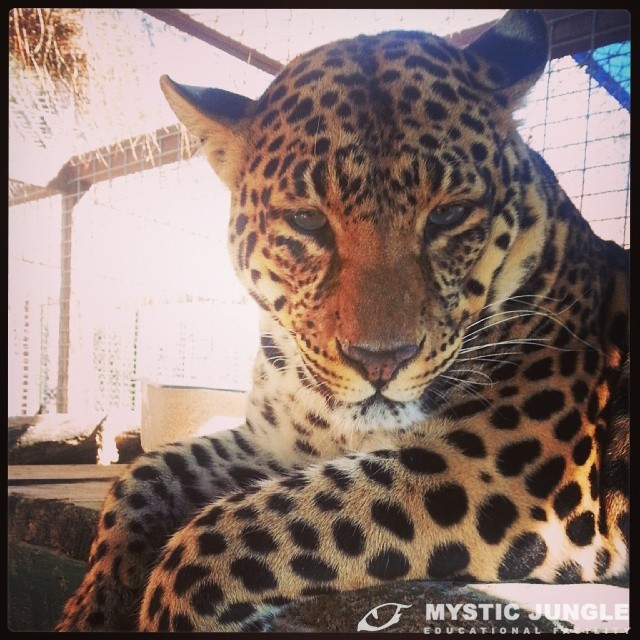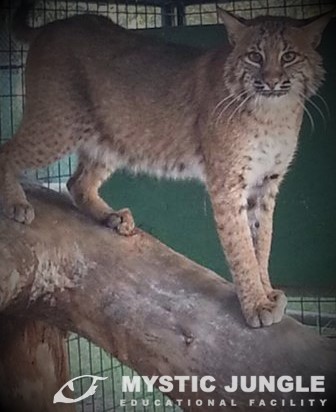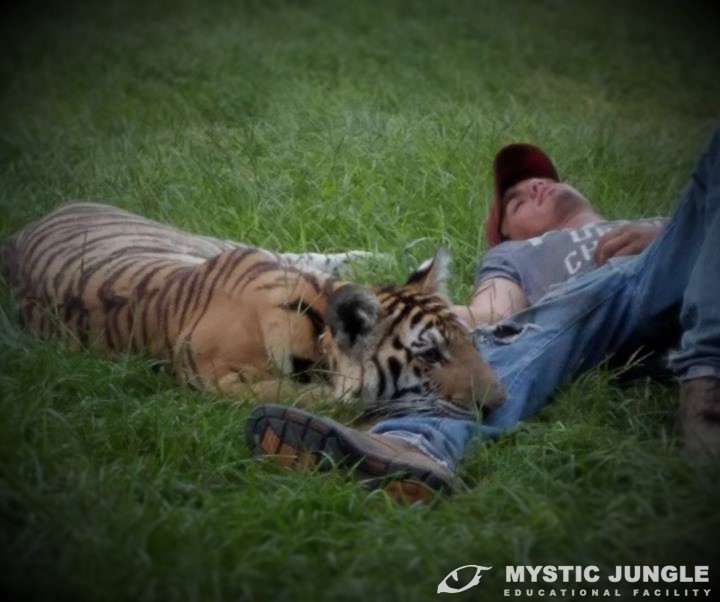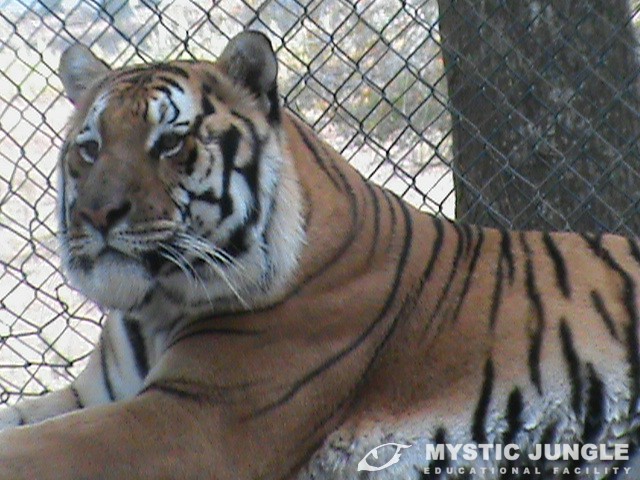If you are really involved in the animal industry, you know what both the HSUS and USDA initials stand for. The HSUS is Humane Society of the United States, and USDA is United States Department of Agriculture. I am about to present to you documented facts. That of which is up to you to form your own informed idea of what has been transpiring.
I want to also acknowledge that the USDA does have a very needed function in the animal industry. It is needed. But I got a real hard look into the USDA because of what I do.
Whenever you have a law enforcement agency that governs the people and their property(ies) they must remain unbiased and the law is the law. There is no grey zone. Or at least there should not be.
Delving deep (really not at all that hard, just taking the time to research) I found that Sarah Conant has been appointed as the Director of Enforcement of the USDA. So what, you may ask? Well it means a lot. Since Sarah Conant was also the Humane Society of the United States own litigation attorney at one time. So? Well, a leopard never changes their spots.
The HSUS gives less than 1% of any and all donations given to them by donors on actual animal care and shelter. In fact a lot of people are surprised to find out that when they give that donation that it is NOT helping their local Humane Society. AT ALL. They have just now put on their TV ads that they are not affiliated with your local Humane Society after a lot of media attention brought it to light.
Instead, your donation dollars is actually spent on lobbyist. ‘Well for better anti cruelty laws right?” Well, you would think. But, instead they are pushing for more and more banning on industries that few people are involved with or understand. “The low hanging fruit” so to speak. Examples as follows
Not everyone can have a horse, nor do they understand the complexity of taking care of them, and that horses do indeed “Need a job”. Otherwise you can create horses that develop life threatening behavior, such as wind sucking, stall weaving etc. Where does this all come in at? The HSUS is at the helm of trying to ban carriage horses in New York. Those horses are treated better than most people treat their children. Yet with the ban, what can and will incur will be horses that will be sold and sent to God only knows where, and people who have had a job are now jobless. How is that helping the people or the animals?
Now let us talk my industry. The exotic animal industry. This is where the HSUS has grabbed the helm and blasted full speed ahead. Few people understand wild cats, wild canines or anything of that nature. They have had cats, dogs, fish, or maybe even a hamster or two. But truth be known, you at one time or other in your life has owned and shared your life with an “exotic pet”. (citation from Wikipedia-) exotic” refers to a species which is not native or indigenous to the owner’s locale; and “pet” is a companion animal living with people.[1] However, many misuse the term to include native species as well”
USDA is a regulating force that sets rules and regulations for usage of animals in the commercial industry. Circus’s, petting zoo’s, zoo’s, sanctuaries etc. And for the most part USDA regulations can be a good thing. They set common sense rules in the care and husbandry of all almost all animals. But they also forget to include the human/animal bond.
Currently, the HSUS, Born Free, Big Cat Rescue and a myriad of others lead the charge to get the USDA to change the regulations on handling big cats. To make it where the breeders/owners could not have contact with the cubs/kittens until they were of “weaning age’. The wording is very loose. In most people’s mind, an animals “weaning age” is 8 weeks, right? Well the true weaning age of a big cat is actually in the wild 18 months – 2 years.
It is a proven fact that hand reared big cat has less stress in captivity than one that has never been handled. Well, then they should not be in captivity right? Well, in a perfect world that would not be necessary. But it is. When you hear the phrase “There are more tigers in captivity, than in the wild” it leads you, the reader, listener, to believe, that we, the big cat people are going over there to their native countries, thumping the mother’s in the head, and taking the babies. Please read carefully.
Big cats that are hand reared have proven time and time again, to live longer in captivity, than one that has not been hand reared. They do not stress over being transported, being around a lot of people (such as in the case of Spike when he was in the hospital) and there was no need to continually sedate him and further increase anesthetic death. The hand raised theory has proven itself to me personally twice! Both in Rosie and Spike. Had they not been hand reared, the outcome could have been very much a deadly one.
There has been NO, I repeat NO importation of rare and endangered species since CITES in July of 1975. CITES will allow exceptions to AZA/EAZA or university’s. It is NOT your private zoo’s/owners and facilities that are taking these animals from the wild. Zoo’s MUST in order to keep their own genetic gene pool from becoming bottle necked. But so far, that has not been a common thing to do.
Now take the word poached. People do not realize that with big cats, the word poached, means they were killed for BODY PARTS.
So let us reflect on this new-found knowledge. The big cats of today in private facilities are the result of over fifteen generations of captive breeding programs. So where are did these big cats come from in the beginning, to get into the private sector? Hmmmm….. let us think for a moment. Well I am sure, that decades ago it was a lot easier to smuggle a big cat cub into the US. But today? Not so much. Where then? My theory and from what I have found is that big zoo’s themselves were either selling or giving away the ones they had no room for out the back gates of the zoos.
So now, where am I heading with this? Take the efforts of the HSUS, that has infiltrated the USDA by placing key players into positions of power (inclusive of our tax system-which I will save that blog for another day) and BINGO. Total annihilation of the private sector of big cats. So you may ask… is this a bad thing?
YES! The private sector has nothing to do with the destruction of big cats in the wild. NOTHING! In fact, they may very well HELP their wild relatives by raising awareness to their cause! It allows me to educate them on the truth. It allows me to also tell them that the tiger is not the only cat in trouble. There are 37 species of wild cat in the world, of which over HALF are on the verge of extinction.
And finally, let us touch upon human nature. Do I think just ANYONE should have a big cat? ABSOLUTELY NOT! There are indeed bad big cat owners. No doubt. But then again, there are people out there that need to be spayed and that should never have had children. From my research, and looking upon history, knowing human nature, when you ban something, whether it be by out right bans, or making laws so ridiculous no one can comply, you will drive good people underground, or the bad ones will still operate outside the system. Either way, it creates a criminal element and jeopardizes the animal’s life itself. Do you really think if they are driven under ground that they will seek medical care when needed?
And remember, a tiger is a tiger is a tiger. There are sub species of tigers. How sub species become sub species is deviation in DNA to generate physical characteristics so that the animal may better survive and live to procreate in the environment that it is in.




